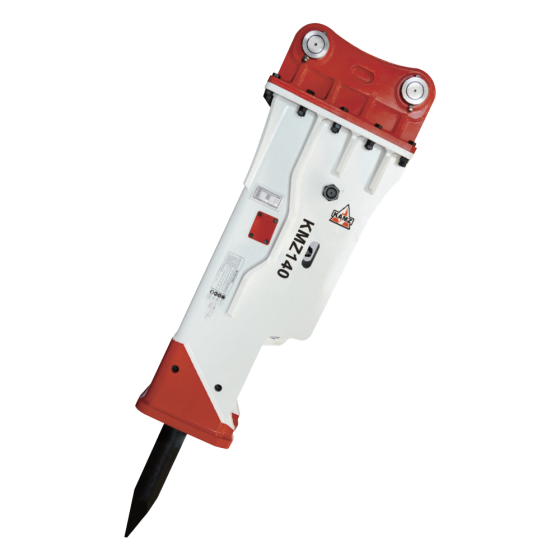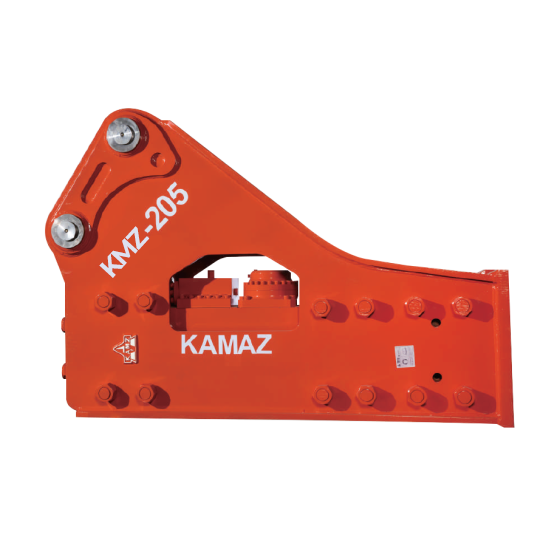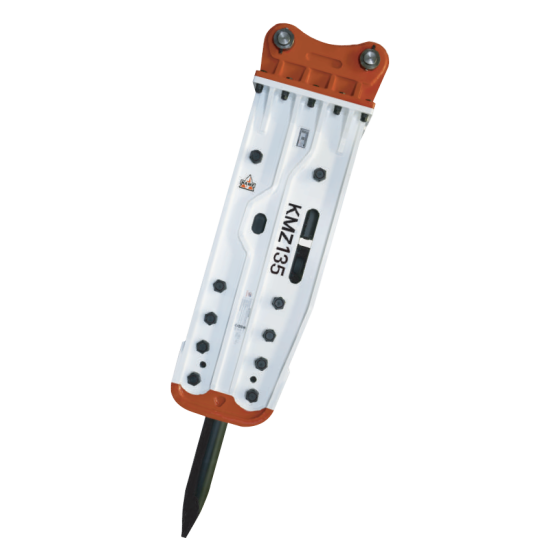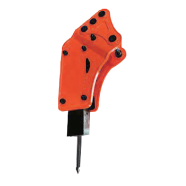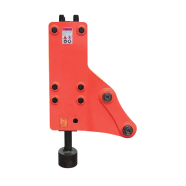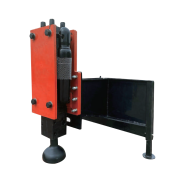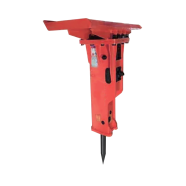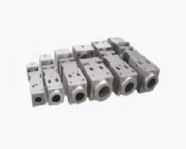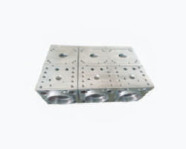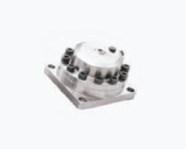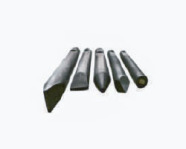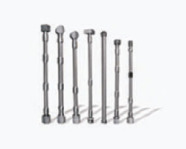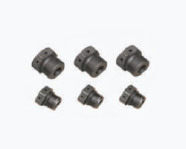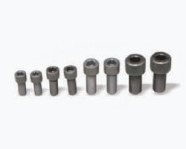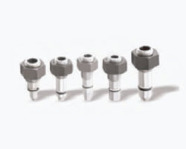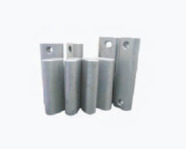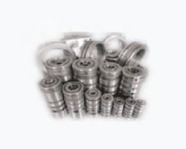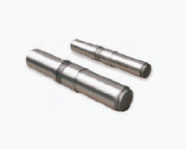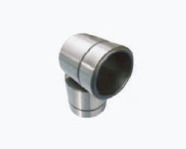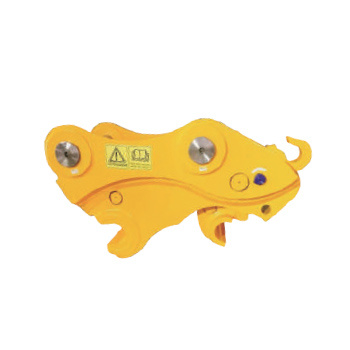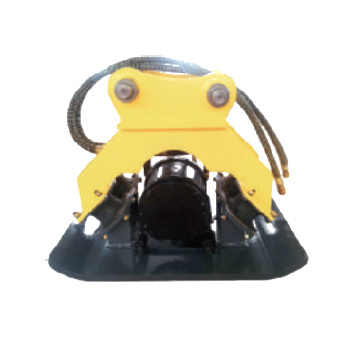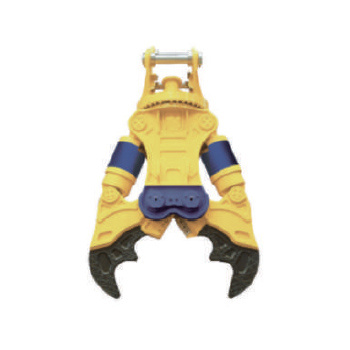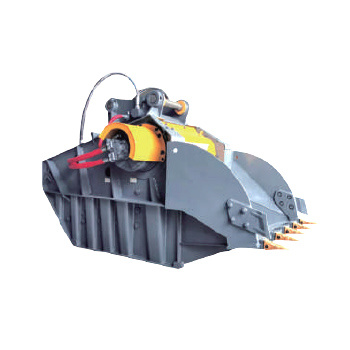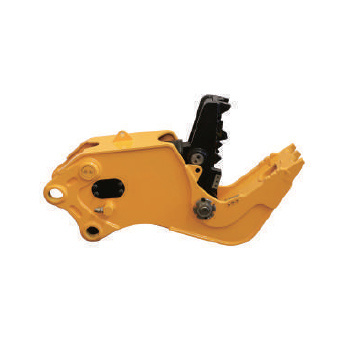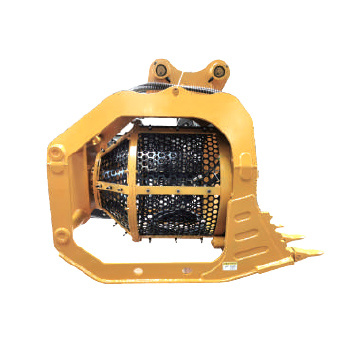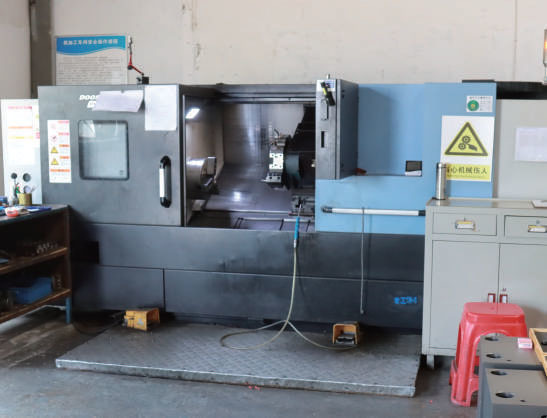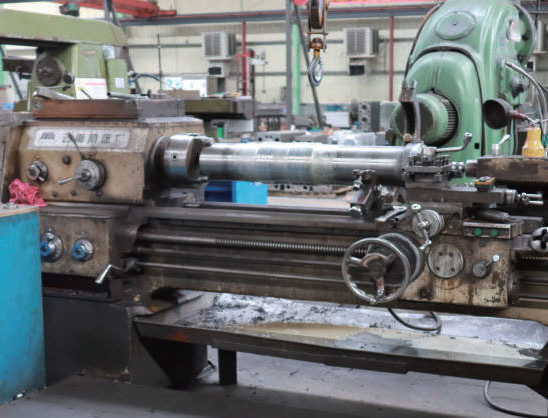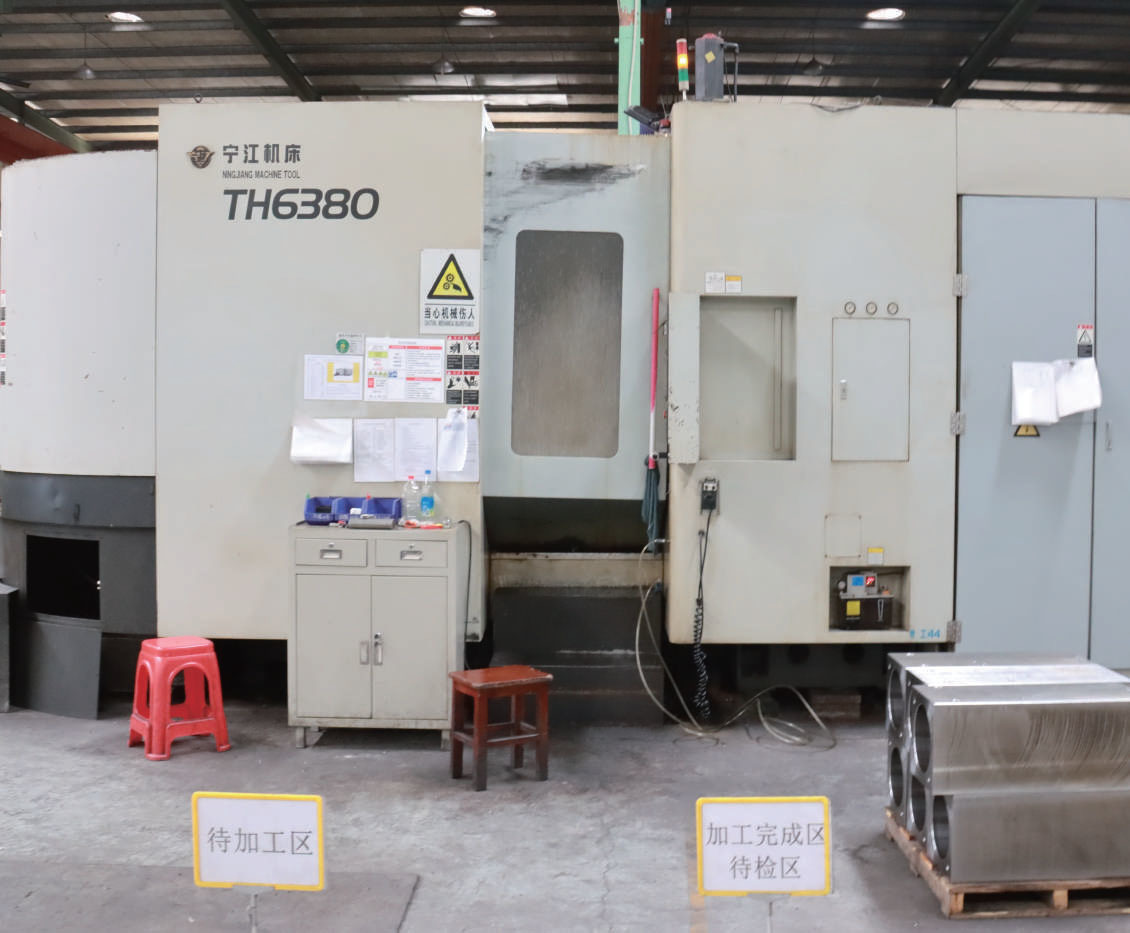The Unsung Heroes of Hydraulic Breakers: The Role of Oil Seals in Demolition Efficiency
In the rugged world of construction and demolition, hydraulic breakers are indispensable tools for breaking concrete, rock, and other hard materials. Their power and reliability depend on a network of precision-engineered components working in harmony. Among these, Hydraulic Breaker Oil Seals play a critical yet often overlooked role. These small but mighty components ensure hydraulic systems function optimally by preventing leaks, maintaining pressure, and protecting against contaminants.

The Function of Hydraulic Breaker Oil Seals
At the heart of every hydraulic breaker lies a hydraulic cylinder, where pressurized oil generates the force needed to drive the piston and break materials. Hydraulic Breaker Oil Seals act as gateways, sealing gaps between moving parts while allowing controlled motion. They prevent hydraulic fluid from escaping and external debris from entering the system. Without effective seals, hydraulic efficiency plummets, leading to energy loss, reduced breaking power, and costly downtime.
The harsh operating environments of hydraulic breakers—exposure to extreme temperatures, abrasive dust, and high-impact forces—take a toll on oil seals. Seal Materials must balance durability, flexibility, and resistance to wear. Common issues include:
Leakage: Worn or damaged seals allow hydraulic fluid to escape, reducing system pressure and increasing maintenance frequency.
Contamination: Seals that fail to block debris may introduce particles into the hydraulic fluid, accelerating component wear.
Premature Failure: Suboptimal seal design or material choice can lead to frequent replacements, disrupting workflows.
To address these challenges, manufacturers are developing advanced Hydraulic Breaker Oil Seals using cutting-edge materials. For instance:
High-Temperature Elastomers: Compounds like fluorocarbon (FKM) and silicone withstand extreme heat without hardening, ensuring consistent sealing.
Wear-Resistant Coatings: Nano-particle-reinforced polymers enhance abrasion resistance in dusty environments.
Multi-Lip Designs: Seals with multiple sealing lips provide redundant protection against leaks, even under fluctuating pressures.
Proactive maintenance significantly extends the life of hydraulic breaker oil seals. Operators should:
Regularly Inspect Seals: Look for cracks, wear patterns, or fluid leaks during routine checks.
Maintain Clean Hydraulic Fluid: Contaminated oil accelerates seal degradation; use filtration systems and follow fluid replacement schedules.
Avoid Overpressurization: Excessive hydraulic pressure stresses seals beyond their design limits.
Store Equipment Properly: Protect breakers from moisture and UV exposure when not in use to prevent seal material degradation.
News & Event

